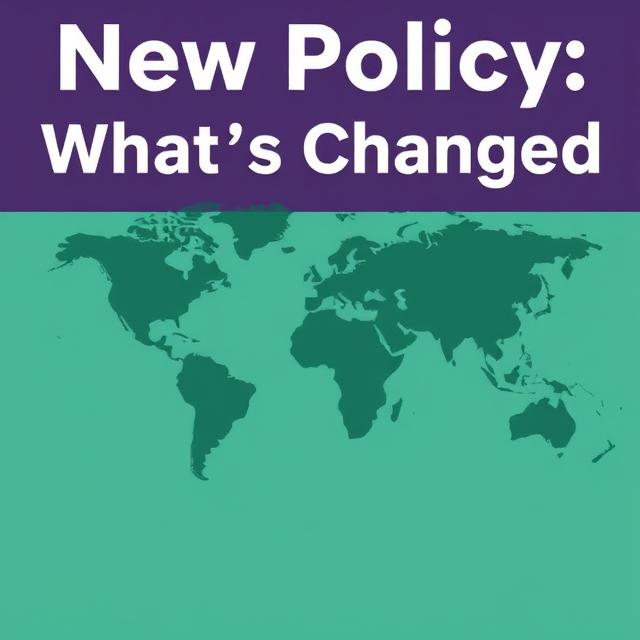
RBI’s New Policy: What’s Changed
The Reserve Bank of India (RBI) has made several important changes to its monetary policy in 2025. These moves are designed to make borrowing easier and to push more money into the economy. Let’s take a look at what has changed and how it affects regular people like borrowers and investors.
Repo Rate Cut
The RBI has lowered the repo rate a few times this year. The most recent cut happened on June 6, 2025, when the rate dropped by 0.5% (50 basis points), from 6.0% to 5.5%.
The repo rate is the interest rate at which banks borrow money from the RBI. When this rate changes, it affects loan and deposit interest rates for the public.
Cash Reserve Ratio (CRR) Cut
Starting from September 2025, the cash reserve ratio (CRR) was reduced from 4% to 3%. This step allows banks to keep more cash available for lending instead of parking it with the RBI. As a result, banks now have more money to give out as loans.
Effect on Loans
When the repo rate falls, banks can borrow money from the RBI at a cheaper rate. This allows them to lower the interest they charge customers on loans.
- For new borrowers, this is good news—home loans, car loans, and personal loans may now come with lower EMIs.
- For existing borrowers with floating interest rates, EMIs are likely to decrease too. However, banks often delay passing on the benefits, so it may take a little time for people to notice the change.
Overall, this is a great opportunity for anyone looking to take a new loan, as banks are competing to attract customers with reduced rates.
Effect on Fixed Deposits (FDs)
The downside of a repo rate cut is its impact on fixed deposits (FDs).
When banks can borrow cheaply from the RBI, they don’t need to offer high interest to depositors. Because of this, FD rates in 2025 have already dropped by 30 to 70 basis points, and experts believe they may fall even further in the coming months.
- If you already have an FD with a higher locked-in rate, you’re safe until it matures.
- For new investors, FD returns are becoming less attractive compared to earlier this year.
What Should Borrowers and FD Investors Do?
- Borrowers: This is the right time to take advantage of cheaper loans. Compare rates from multiple banks to get the best deal. If you already have a loan, check with your bank about when your EMI will reduce.
- FD Investors: Consider locking in current FD rates before they fall further. Another smart strategy is to split your FD into smaller deposits with different durations. This way, when rates rise again in the future, you can reinvest part of your money at higher rates.
Final Words
The RBI’s new policy has made borrowing cheaper and fixed deposits less rewarding for new investors. While this is fantastic news for loan seekers, FD investors need to be cautious and plan their investments wisely.
Remember, the RBI changes these rates to balance the economy and ensure long-term growth. By staying informed and making smart financial decisions, you can benefit from these changes.



